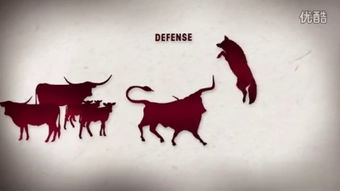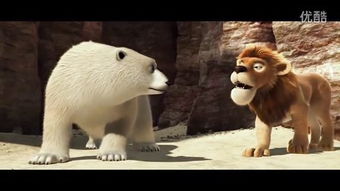Are Most Animals Uni or Multicellular?
When it comes to the classification of animals, one of the fundamental questions that often arises is whether most animals are uni or multicellular. This inquiry delves into the intricate world of biology, where the distinction between these two categories plays a crucial role in understanding the diversity and complexity of life on Earth.
Understanding Uni and Multicellular Organisms

Before we delve into the specifics, let’s clarify the terms ‘uni’ and ‘multicellular.’ A unicellular organism consists of a single cell, while a multicellular organism is composed of numerous cells that work together to form tissues, organs, and systems. This distinction is vital in understanding the structure and function of animals.
Unicellular organisms, such as bacteria and protozoa, are relatively simple in structure and can perform all necessary life processes within a single cell. On the other hand, multicellular organisms, which include animals, plants, fungi, and algae, have specialized cells that perform specific functions, allowing for more complex and diverse life forms.
Most Animals Are Multicellular

Now, let’s address the main question: Are most animals uni or multicellular? The answer is clear: most animals are multicellular. This is due to the numerous advantages that multicellularity offers, which we will explore further.
One of the primary advantages of multicellularity is the ability to perform complex tasks. Multicellular organisms can divide labor among different cells, allowing for specialized functions. For example, in humans, cells in the liver perform detoxification, while those in the heart pump blood. This division of labor enables multicellular organisms to carry out complex processes that would be impossible for unicellular organisms.
Another advantage of multicellularity is the ability to grow larger. Unicellular organisms are limited by the size of a single cell, which restricts their growth potential. Multicellular organisms, on the other hand, can grow to enormous sizes, as seen in the blue whale, the largest animal on Earth. This growth potential is essential for many animals, as it allows them to adapt to various environments and exploit resources more effectively.
Diversity of Multicellular Animals

The multicellular animal kingdom is incredibly diverse, with over a million known species. This diversity is a testament to the adaptability and evolutionary success of multicellular organisms. Here are some key points about the diversity of multicellular animals:
| Phylum | Example | Notable Features |
|---|---|---|
| Mammalia | Humans, elephants | Endothermic, hair or fur, mammary glands |
| Chordata | Fishes, birds, reptiles, amphibians, mammals | Vertebral column, notochord, pharyngeal slits |
| Arthropoda | Insects, spiders, crustaceans | Exoskeleton, jointed appendages, segmented body |
| Mollusca | Snails, clams, octopuses | Soft-bodied, often with a shell, radula |
As you can see, the phylum Chordata, which includes vertebrates, is the largest and most diverse group of multicellular animals. This group encompasses a wide range of species, from tiny fish to towering trees, showcasing the incredible adaptability of multicellular organisms.
Conclusion
In conclusion, most animals are multicellular, and this classification is based on the numerous advantages that multicellularity offers. The ability to perform complex tasks, grow larger, and adapt to various environments has allowed multicellular animals to thrive and dominate the planet. The incredible diversity of multicellular animals is a testament to the evolutionary success of this classification.
